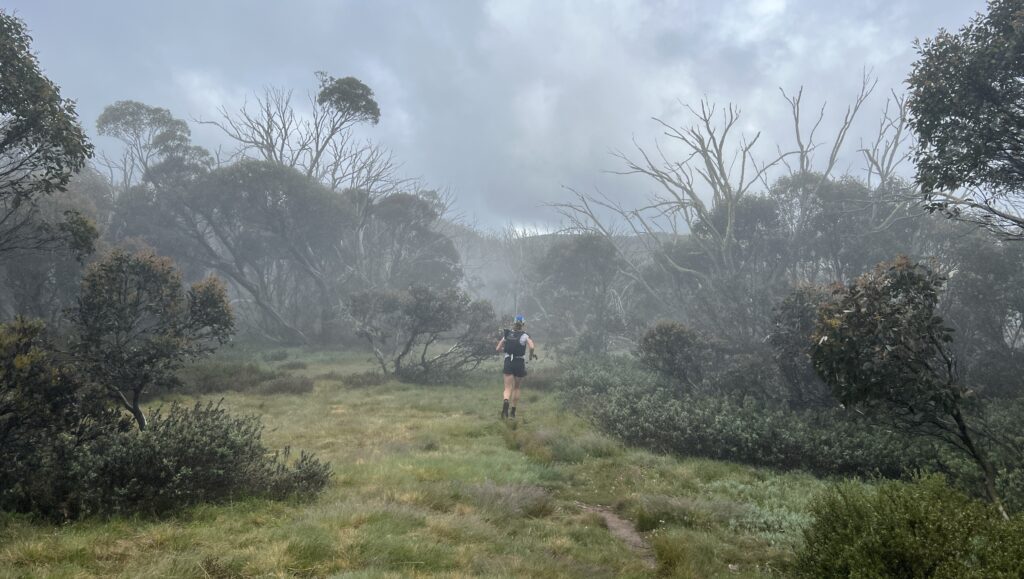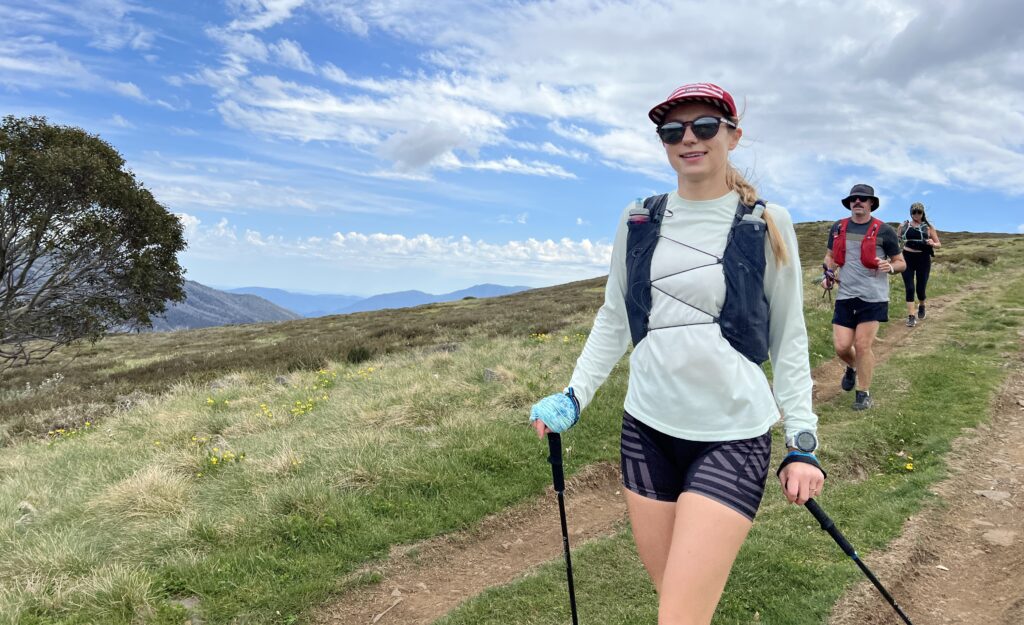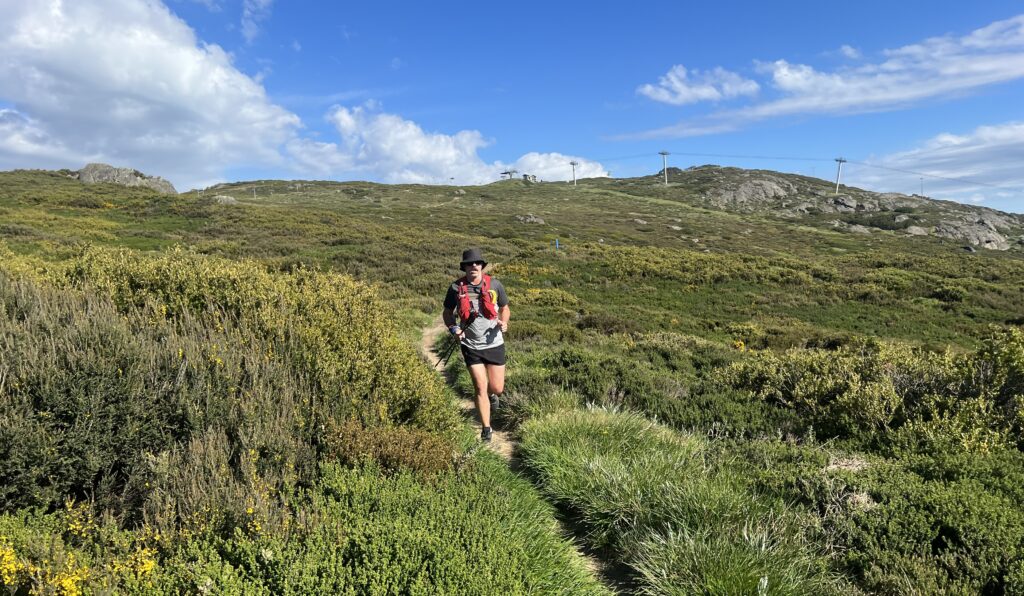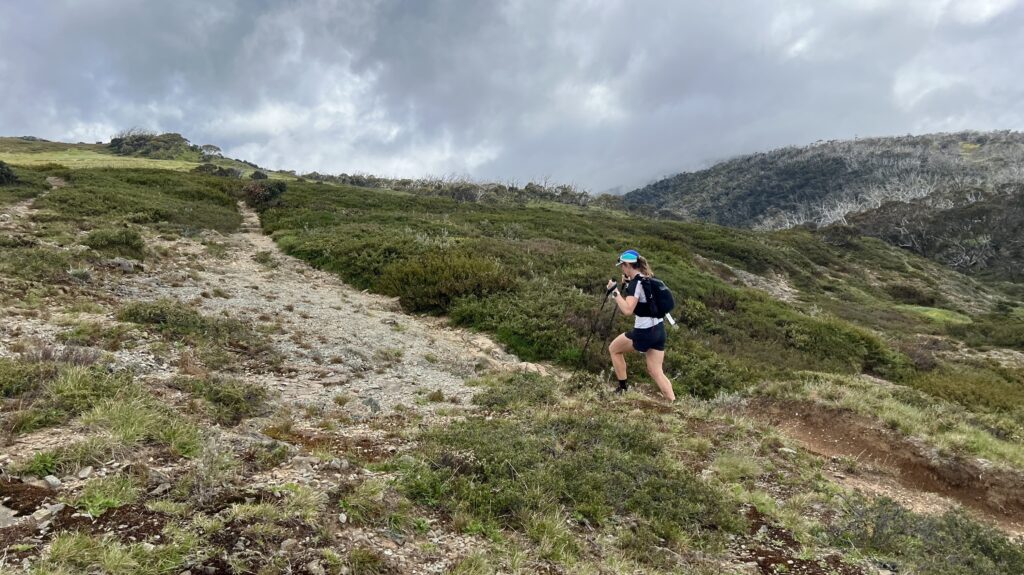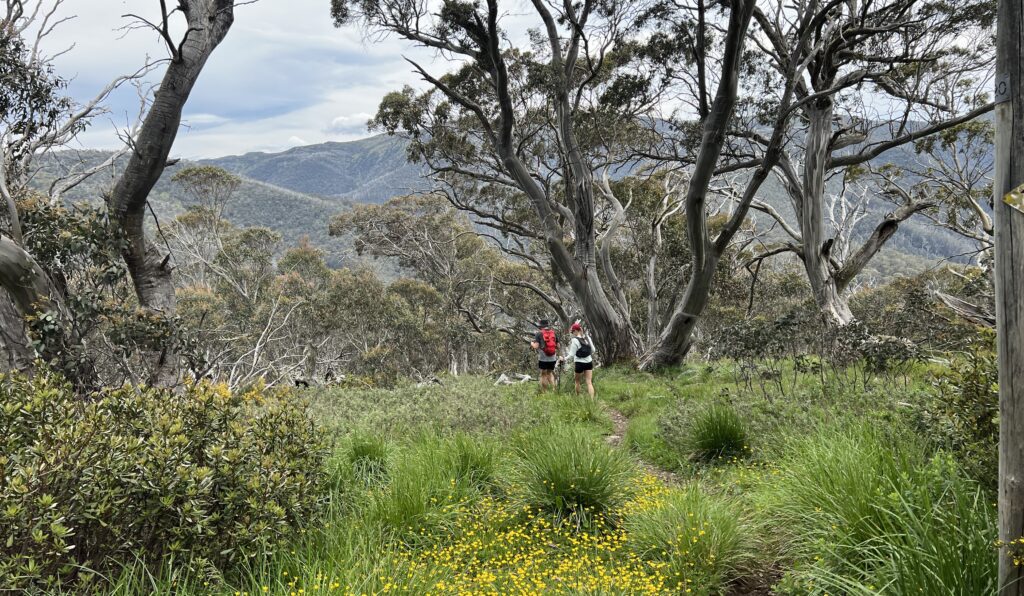Here we give you a simple breakdown of how to follow routes and tracks from your tech devices. This will help you get around the trails and keep safe when planning on hitting new locations.
We run through the basic navigational tech tools watches and smart phones. For all nav tech devices we advise reading their manuals and spend some time testing them before heading remote.
It’s tech, even the best quality gear fails occasionally. Our tours guides use a 3 tier offline navigation system in anticipation for when a tech mapping device wigs out.
- GPX watch routes. How to add GPX routes to your Garmin GPS watch, How to download and follow routes on a Coros watch, How to use maps and routes with a Suunto watch
- Phone apps – Maps.me, AVENZA maps, GAIA maps
- GPS Garmin Rino units
What are the things that offline map tech can do
- Show you a planned route to follow
- Show you which turns to take
- Help you plan for change and discover alternative route options
What offline maps can’t do
- Tell you how long the trail will take for you
- Give you up to date trail conditions (closed or impassable). Things change and so do trails. Just because it’s on a map doesn’t mean its passable or a trail even still exists.
- Tell you what warnings are active on those trails (park closures, park activities, burning, shooting, baiting, flooded, fire season warnings)
- Tell you if the trail is technical or not
- Tell you the last time someone used that trail
- Tell you what other trail users are out there or how they use it
When in doubt turn back. You know what you’ve seen and doing this keeps you on your planned route. Changing route plans without letting others know will effect the safety of anyone that comes looking for you.
Different tech is better at different things. Watches are best for on the move navigation. The bigger screens and intuitive nature of mobile phones come in handy when looking at alternative routes, reviewing turns or reassessing when you are off course.
Watches
Pros – Easy to see with regular convenient peeks at your watch, sometimes routes may glitch, long battery life and battery saving options, added safety and navigation features, water resistant.
Cons– Small screens can make it difficult to see what is around you, can lack base map detail (especially when zoomed out), takes a while to get used to all the functions, finding a satellite signal can take a bit of time, difficult to get a bearing at trail intersections once you have stopped (run back down the trail you came from, turn around and return, as you return look at your watch to find your directional bearing)
Phone Apps
Pros – Larger screens, more intuitive, easier to see what’s around you and change routes
Cons – May not be weather proof, battery drain whilst navigating or when using apps, your more likely to drop and damage phones then watches
